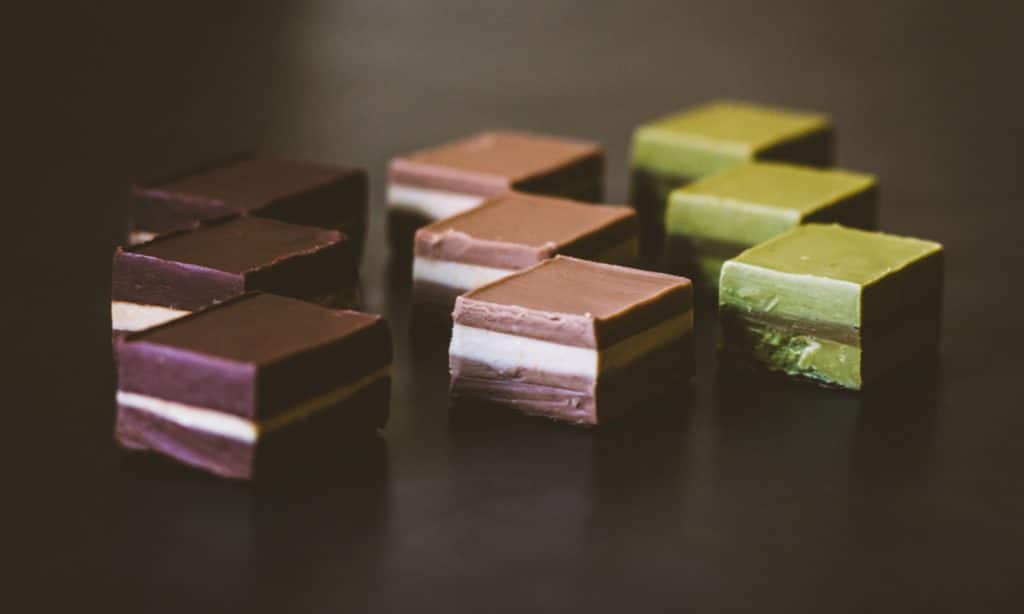A new study found that dividing packaging into approximate serving sizes helped users to avoid accidentally getting too high
Horror stories abound with edibles, mainly because beginners often misunderstand the effects of THC. If you include yourself among this group, you’re not alone. According to a new University of Waterloo study, not many cannabis consumers understand what the THC numbers on edibles mean or how high it could get them.
Researchers determined that symbols indicating whether an edible was strong or mild better helped users understand the potency of a given marijuana product. Dividing packaging into approximate serving sizes also helped users avoid getting too high and instead ingesting the targeted amount. Surveying nearly 1,000 Canadians ages 16 to 30, the study reported that most consumers could not identify whether an edible had “high” or “low” levels of THC based on current labeling standards.
RELATED: Marijuana Pro-Tips: 5 Ways To Figure Out THC Dosage With Cannabutter
“We’ve known for many years that people struggle to understand the numbers on the back of food packages and cigarette packages,” said David Hammond, a co-author in the study. “Consumers seem to have equal or even more difficulty with THC numbers, which are used to indicate the potency of cannabis products.”

Scientists ran two different experiments to analyze consumer knowledge of cannabis edibles. In the first, participants were asked how many servings were in a given edible package. Participants were either given a package with no label, a label that expressed THC content in milligrams (mgs), or a label that stated how many “doses” of THC there were in each product. Among those given a label with THC content in mgs, which is the industry standard, only 13.4% of respondents could determine a recommended serving. In contrast, 54.1% of those who were given labels with the number of doses per package and 7.1% of those who were given no label answered correctly.
RELATED: Why You Need To Be Careful Using Edibles The First Time
Scientists used a “traffic light system” labeling cannabis edibles in the second experiment. A “green” sticker symbolized “low” THC potency while red meant “high.” Using this system, 85% of participants correctly chose whether an edible had high or low THC. When using standard numerical THC values, only 33% of respondents were right in assessing high or low THC levels.
“Effective THC labelling and packaging could help reduce to accidental over-consumption of cannabis edibles and adverse events, which have increased in jurisdictions that have legalized recreational cannabis,” Hammond said. “However, the findings suggest that consumers will need easier-to-understand THC information for other products, including oils, concentrates and dried flower.”


